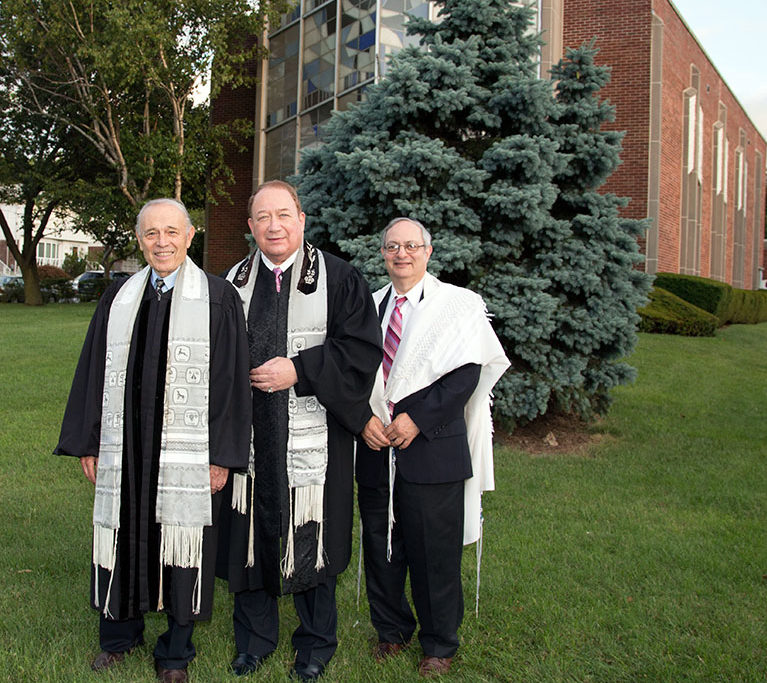Hyman Levine, founding rabbi at the Bay Terrace Garden Jewish Center, saw the close-knit community in Bayside grow from the ground up.
“We started with 70 [families] and we ended up with between five and six hundred,” he said. “Over the years we grew and grew and grew. Everything grew here.”
Levine was born in Poland on Jan. 22, 1928. At 5 years old, he immigrated to the United States with his parents, who began to see a rise in anti-Semitism in their country.
“My father didn’t want to raise me in that atmosphere. It was a scary situation,” he said.
The family settled in Springfield, MA, where Levine lived until he was 15. Then, he moved to New York to receive his educational training at Yeshiva University in Manhattan and graduated with a bachelor of arts and a bachelor of religious education.
In the early 1950s, Levine earned his master of science degree in education from New York University. After spending some time teaching at the Flushing Jewish Center, Levine decided to pursue becoming a rabbi and was ordained at Yeshiva University with the degree “Semicha,” which is the highest degree in Jewish learning.
“I just took a chance and it was for me,” Levine said. “It’s amazing the role God played in my life.”
Levine arrived in Bay Terrace a few years later. A friend called the young rabbi and told him there was a Jewish community and fledgling Hebrew school looking for a leader.
“I came here when there was nothing here — only 70 families,” Levine said. “I was intimidated … But I was good at one thing: teaching.”
Levine became administrator of the center, which started in basement board rooms at a handful of co-ops in the area. The teacher-at-heart also took on teaching a class of his own. He held services at the YMCA and Army chapel at Fort Totten, but did not have a space to hold holiday services.
As the group grew in the late 1950s, so did the desire to find a place for the community to build a center of its own. After some time, an opportunity to purchase a plot of land presented itself in an unlikely place: a local synagogue. In 1961, after purchasing the land for $74,000, Levine and the congregation broke ground at 209th Street near the Cross Island Parkway. A year later, the building was completed.

The teacher and leader’s special connection to the neighborhood children earned him a special nickname: the Pied Piper. One of his fondest memories is heading down to the local waterways with some of the kids and feeding the ducks.
“In the end, the overall statement is that the kids put the building here. It was for the kids,” he said.
Levine spent 44 years as rabbi at the center. Always focused on education, he was responsible for overseeing its classes and programs, which served all ages. Levine was also responsible for forming a mandatory PEP, or the Parallel Education Program, which eventually attracted national attention.
Under the program, parents with children in Hebrew school were obligated to meet with their child’s teacher once a week for a class of their own. The compulsory element was unheard of and its implementation took some convincing. He approached the board of trustees and, after an impassioned plea, gained their approval.
Levine retired in 2000. Today, he still remains active, serving as Rabbi Emeritus and teaching classes on the weekends. He also serves as chaplain at Gracie Square Hospital and studies Torah with a group during the week.
The Bay Terrace Garden Jewish Center will celebrate Levine’s life and accomplishments at an upcoming event. With the date of the spring celebration still pending, those who wish to find out more should contact the center directly at 718-428-6363.
“I love this place,” Levine said. “During the pioneer years, especially, the people were very much together. I would call it a very loving congregation.”


































